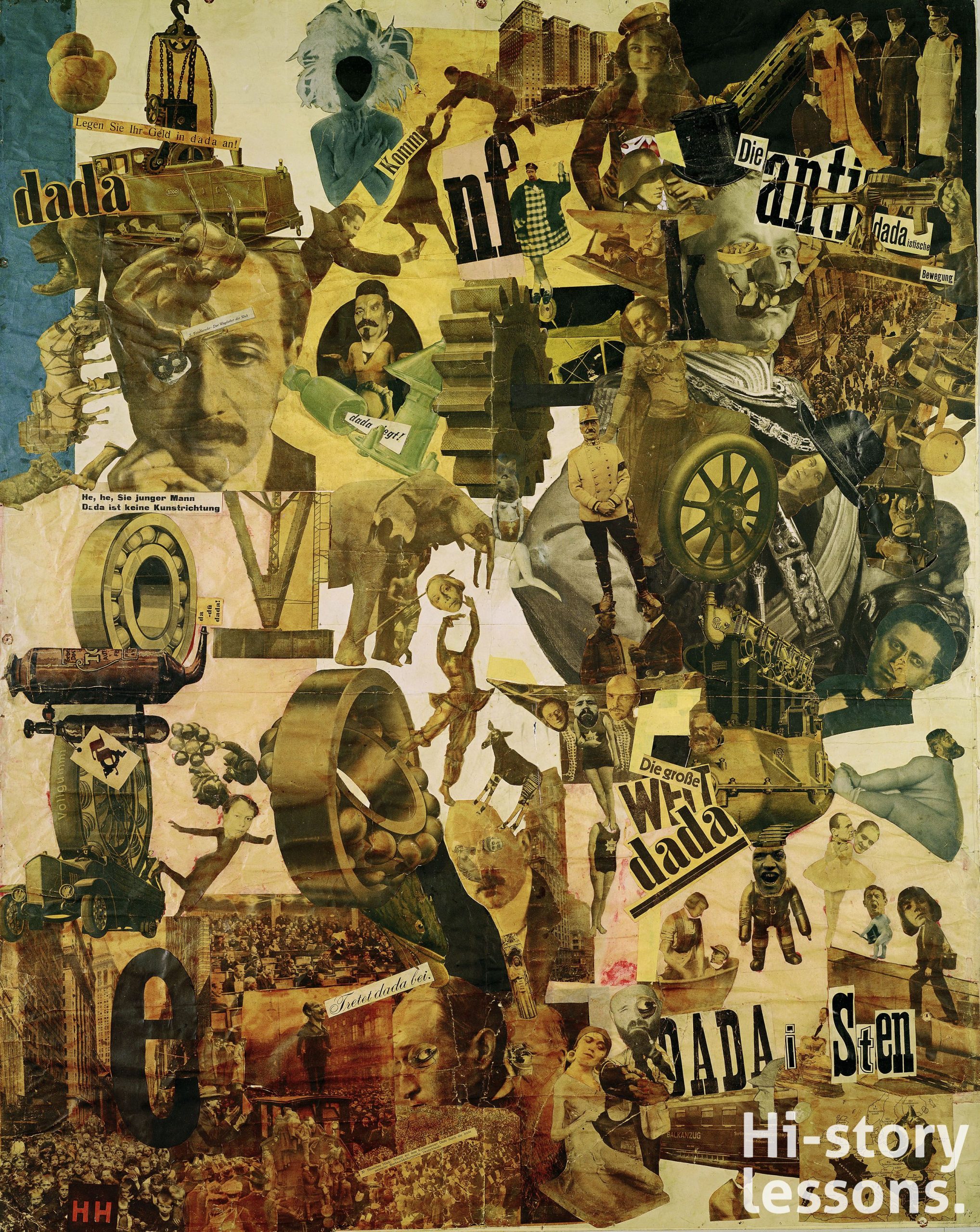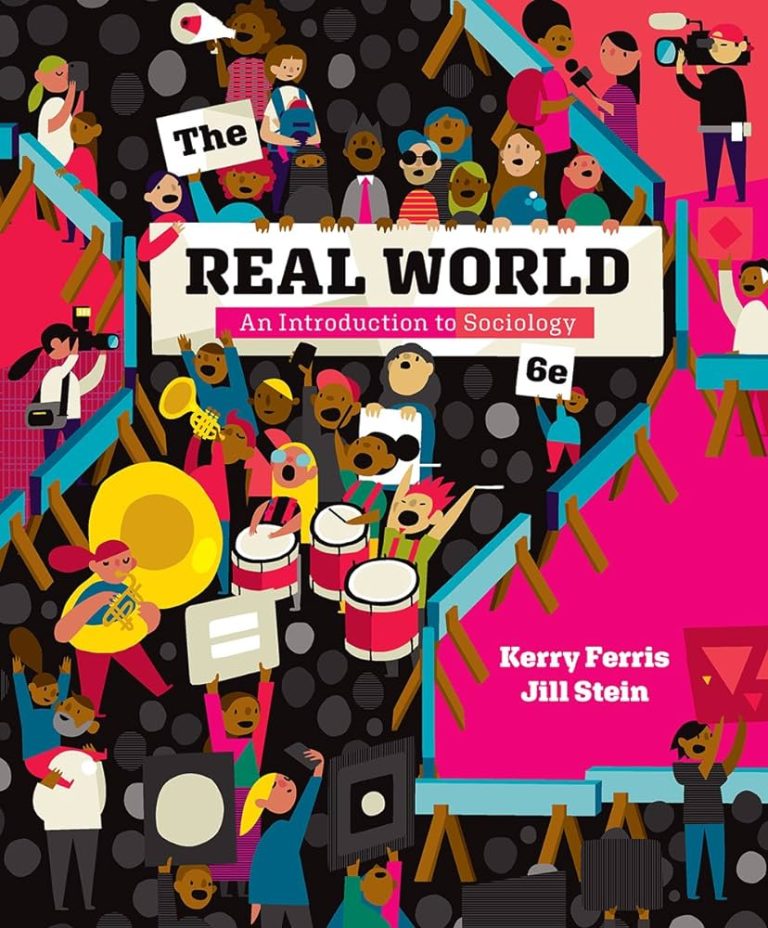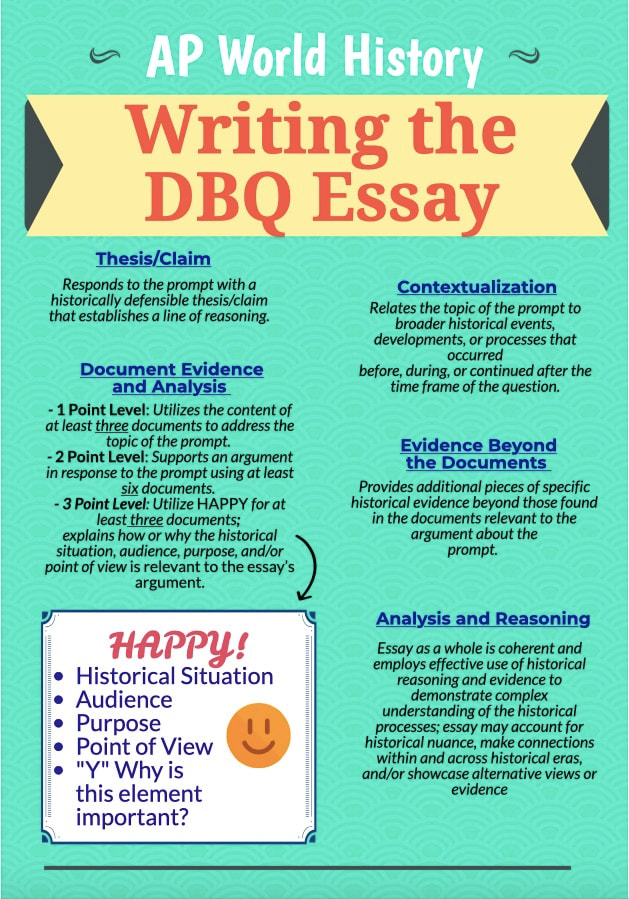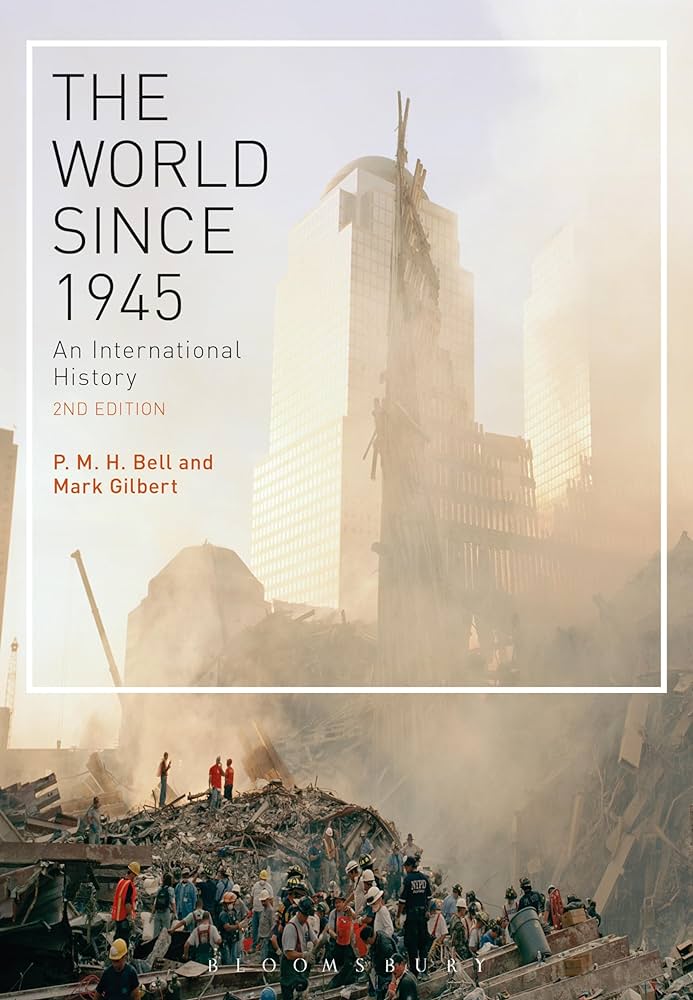Dada Was An Artistic Response Reaction To World War I
Dada was an artistic movement that emerged in response to the horrors of World War I. It was a rejection of the traditional values of the time, and instead embraced chaos, absurdity, and spontaneity. Dadaists sought to challenge traditional ideas about art and to create a new form of expression that could accurately reflect the chaos of the war. Dada works often featured a mix of media, from painting to photography to poetry, and explored themes of disillusionment, nihilism, and the absurdity of war. Dada was a powerful and influential response to the violence of the war, and its influence is still seen today in many aspects of the arts.
Overview of Dadaism
Dadaism was an artistic and literary movement that began in Zurich, Switzerland in 1916 in response to World War I. Dadaists sought to challenge convention and create a new form of art that would express the absurdity of the war and the chaos it had caused. The movement was a reaction against the traditional values of the time, and its adherents believed that the only way to express the horror of war was through a radical form of art. Dadaists employed a wide variety of mediums, including painting, sculpture, photography, performance art, poetry, and other forms of literature. They also frequently employed satire and irony to express their views. Dadaists believed that art should be free from the constraints of traditional forms and should be used as a tool to disrupt existing norms and conventions. Dadaism was an important precursor to the various art movements of the 20th century, and its influence can be seen in everything from surrealism to postmodernism.
Origins of Dadaism
Dadaism emerged in the early 20th century as a response to the devastation caused by World War I. Born from a desire to reject the traditional rules of art and society, Dadaism is an artistic movement that sought to challenge the status quo and express the absurdity of war. The movement originated in Zurich, Switzerland in 1916 and quickly gained popularity throughout Europe and the United States. It was a chaotic movement that used a variety of styles and techniques to express the chaos and absurdity of the war. Dadaists often used collage, assemblage, and photomontage to create art that was unpredictable and difficult to understand. They emphasized spontaneity, improvisation, and chance in their art-making, often using non-traditional materials such as found objects and everyday items. They also used irony, satire, and humor to make powerful statements about war and society. Dadaism was a revolutionary movement that continues to influence the way we think about art and the world around us. Through its bold, innovative style, Dadaism challenged the conventions of traditional art and offered a unique perspective on the devastating effects of World War I.
Impact of World War I on Dadaism
The First World War had a profound impact on the development of Dadaism. During this period, many artists were affected by the horrors of war, and sought to create art that expressed their feelings of rage, despair, and alienation. This period of experimentation gave birth to Dadaism, a movement that emphasized the irrationality and absurdity of war, and the need for a new kind of art that could capture the chaos and destruction of the times.
Dadaism was a response to the destruction and death caused by the war. Its founders sought to create art that was both a commentary on the senselessness of war and a reflection of the chaotic environment in which they lived. Their works often featured absurdist elements, such as random objects and words, and were often intended to shock and provoke the viewer. The works of Dadaists such as Marcel Duchamp, Jean Arp, and Kurt Schwitters, among others, sought to challenge the conventional norms of art and society.
The impact of Dadaism was far-reaching and long-lasting, providing inspiration for later movements such as Surrealism and Pop Art. The movement may have ended after World War I, but its influence continues to be felt in the art world today. By responding to the destruction and chaos of war with art, Dadaists created a powerful and lasting legacy of artistic expression.

Subcultural Artistic Movements of Dadaism
The early 20th century saw the world rocked by the unprecedented destruction of World War I. Artists responded to the horrors of the war with a creative rebellion known as Dadaism. This subcultural artistic movement emerged from a variety of European cities and reacted to the horrors of the war through a range of mediums, including visual art, literature, theatre, and photography. The key goal of Dadaism was to challenge the conventions of art, culture, and society, and to make political statements about the war and its catastrophic consequences.
Through its various forms of expression, Dadaism sought to use art to disrupt or subvert the status quo. Dadaists used techniques such as collage, montage, and the incorporation of everyday objects to create works that were both visually and conceptually challenging. This creative rebellion was also heavily influenced by the writings of Karl Marx and Sigmund Freud, and it often incorporated themes of nihilism, anarchy, and anti-establishment attitudes.
Today, Dadaism is still remembered and studied as one of the most influential subcultural artistic movements of the 20th century. It continues to inspire modern artists to explore the political power of art and to challenge the conventions of society. Through its revolutionary approach to art, Dadaism remains a potent reminder of the power of creative rebellion and its ability to spark change.
Expressionist Artworks of Dadaism
Dadaism, an avant-garde artistic movement that originated in Zurich, Switzerland in 1916, was an artistic response to the trauma of World War I. The movement was focused on a rejection of traditional art forms and a celebration of the absurd and irrational, and its artworks were often chaotic, nonsensical, and subversive. One of the most influential expressions of Dadaism was the creation of Dada artworks.
Dada artworks were characterized by their abstract and often playful nature. They ranged from collages and photomontages to performance art and text-based works. These works were often created to challenge the status quo and to push the boundaries of accepted artistic conventions, and many Dada artists employed techniques such as chance operations and fragmentary juxtapositions to create works that explored the irrationality of the world.
The works of Dadaism were a powerful force in the art world, and their influence can still be seen in contemporary art. They provided an important platform for challenging ideas and pushing boundaries, and their influence continues to be felt in the art world today. Dada artworks were an important response to the trauma of the First World War, and their influence continues to affect the world of art today.
Legacy of Dadaism
The Dadaist movement which emerged in Europe during World War I had a lasting effect on the development of modern art. Dada was an artistic response to the horrors of war, a reaction to the absurdities of a society that had grown increasingly steeped in nationalism and violence.
The legacy of Dadaism was seen in the works of artists from the mid-20th century onward, who continued to explore the themes of absurdity and chaos in their work. Dadaism has also influenced the development of performance art, literature, music, and digital art.
Dadaism was characterized by a rejection of traditional forms and techniques in favor of absurdist and often nihilistic works of art. The movement also encouraged experimentation and the use of chance in the creation of works of art. While Dadaism was initially a response to the horrors of World War I, its influence has spread far beyond the artistic realm, inspiring a new generation of creative thinkers to challenge the status quo.
The legacy of Dadaism is seen in its influence on contemporary art, literature, and culture. Its rejection of the status quo and its embrace of experimentation and chaos have left a lasting impact on the world. Dadaism’s influence continues to be felt in the works of modern artists, writers, and musicians, who continue to explore the themes of absurdity and chaos. As a result, Dadaism remains an important part of the modern artistic landscape.
FAQs About the Dada Was An Artistic Response Reaction To World War I
1. What is Dada?
Dada was an artistic avant-garde movement that arose in response to the horrors of World War I. It began in Zurich, Switzerland in 1916 and spread to other cities around the world. The movement sought to challenge traditional art conventions and embraced nonsensical, anti-establishment ideas.
2. How did Dada react to World War I?
Dada artists were deeply affected by the devastation of World War I and sought to express their outrage and despair through their art. Their works often featured jarring juxtapositions, surreal imagery, and radical experiments with form and materials.
3. What are some of the key figures of Dada?
The most prominent figures of the Dada movement include Hugo Ball, Tristan Tzara, Marcel Duchamp, and Jean Arp. These artists were instrumental in developing the aesthetic and ideas of the movement.
Conclusion
In conclusion, Dada was a powerful artistic response to World War I. It provided a platform for artists to express their pain, anger, and disillusionment with the war. Through their works, they sought to challenge the status quo and push boundaries in art, literature, and performance. Dada also served as a rallying cry for those who opposed the war, and it continues to influence art and culture today.




